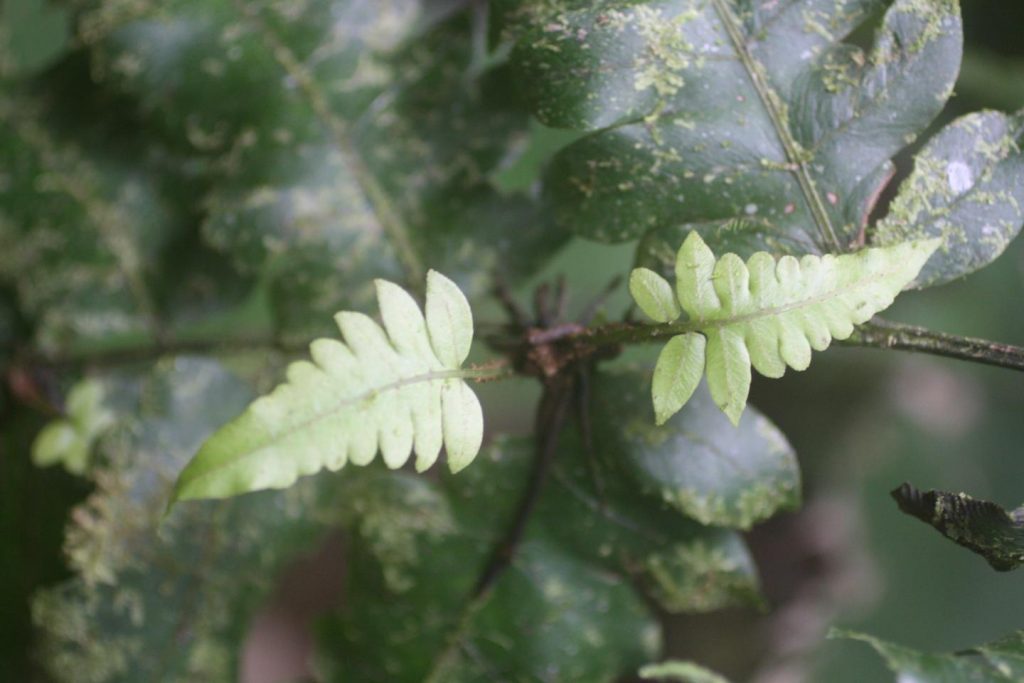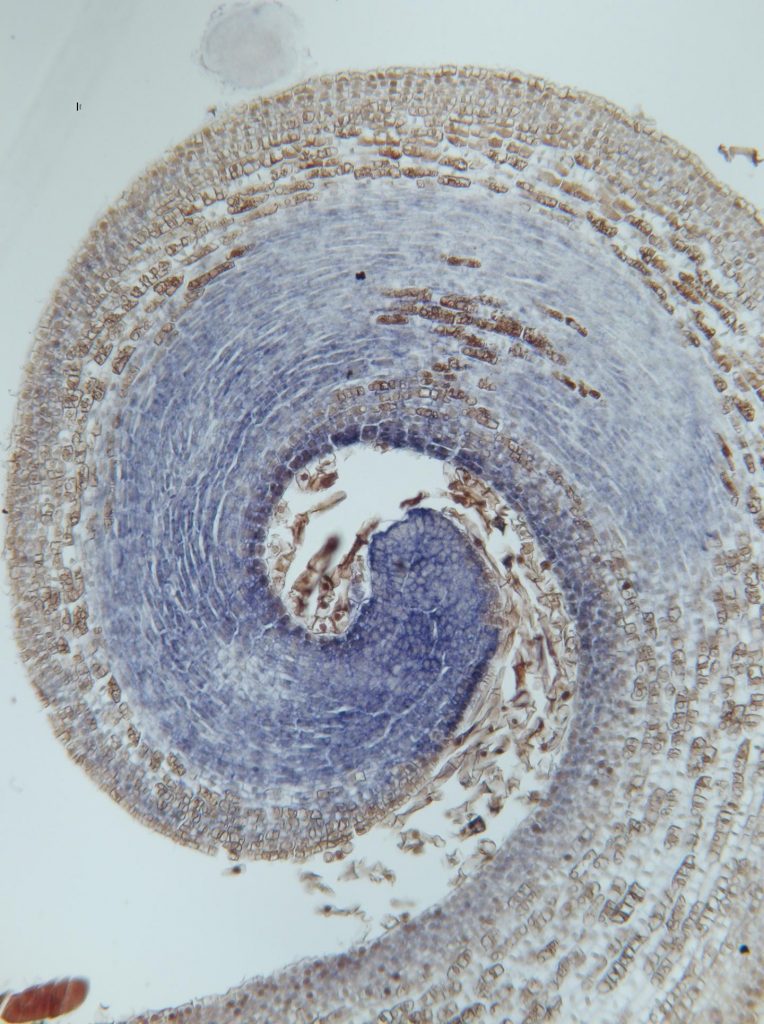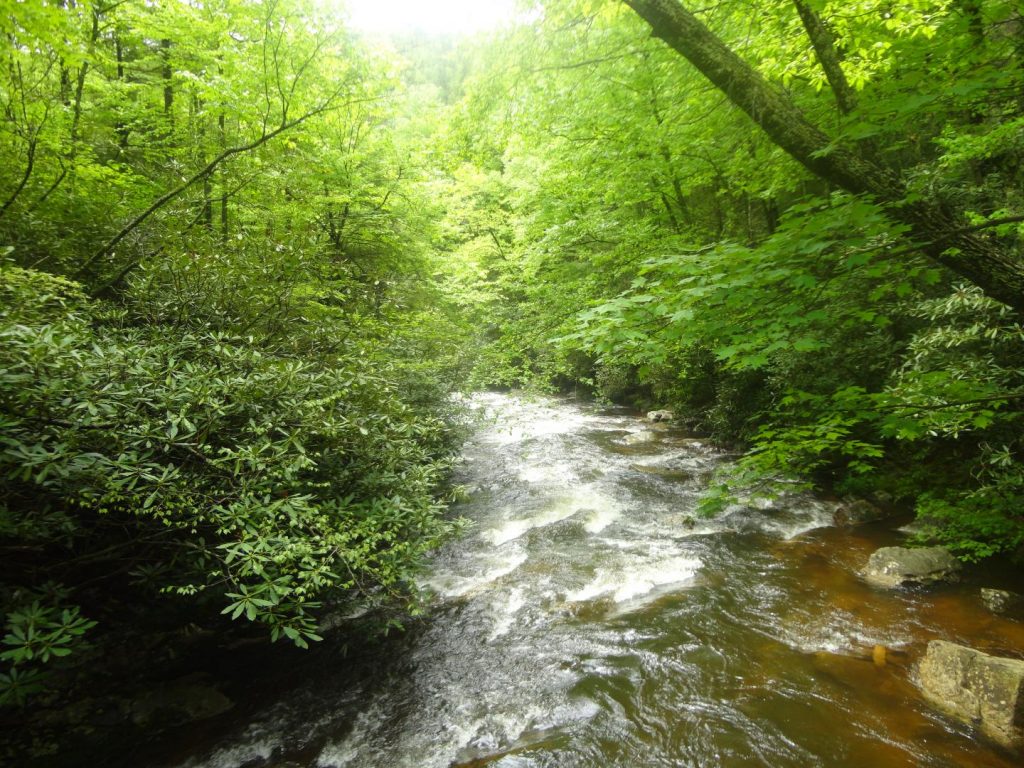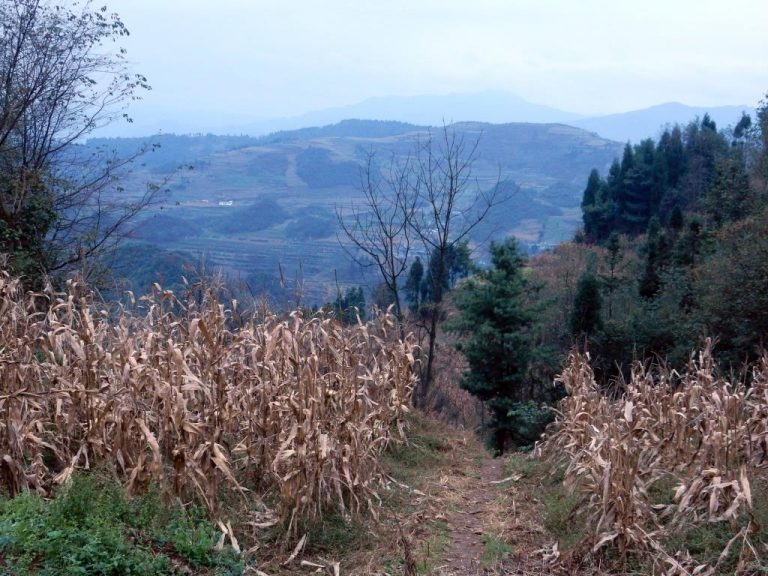
GGI-Gardens Resources
Natural history collections play an increasingly vital role in biodiversity studies. Much of the research that leverages these collections combines this accumulated diversity knowledge with genomic approaches. There is a movement toward improved collection practices that incorporate resources that can be used in genomics research.


















